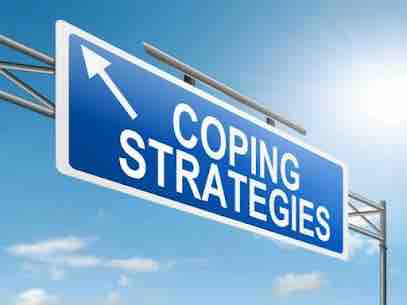Meditation : Release Stuck Energy
05 Apr, 2023

Mindful Awareness:
Practice mindfulness to become aware of your emotions without judgment. Allow yourself to observe and acknowledge the emotions you're experiencing.
Journaling:
Write down your feelings in a journal. Expressing emotions on paper can help you understand them better and provide a sense of release.
Deep Breathing:
Engage in deep breathing exercises to promote relaxation. Focus on your breath, inhaling deeply and exhaling slowly. This can help release physical tension associated with emotional energy.
Movement and Exercise:
Physical activity, such as yoga or regular exercise, can help release pent-up emotional energy. Movement can be a way to express and discharge emotions stored in the body.
Artistic Expression:
Engage in creative activities like drawing, painting, or music. Artistic expression can provide a channel for emotional release and self-discovery.
Practice meditation to create a calm and centered state. Visualization techniques, where you imagine releasing emotions or visualizing a peaceful place, can be particularly helpful.
Self-Compassion:
Be kind to yourself. Understand that it's okay to feel emotions, and you deserve compassion. Avoid self-judgment, and treat yourself with the same kindness you would offer to a friend.
Seeking Support:
Talk to a trusted friend, family member, or therapist about your emotions. Sometimes, verbalizing feelings can contribute to their release.
Remember that releasing stuck emotional energy is a process that may require time and patience. It can be beneficial to experiment with different techniques and observe what works best for you.
If you're asking about how meditation can help release stuck emotions or tension, here's an explanation:
Meditation can be a powerful tool for releasing stuck emotions or tension in several ways:
Mindfulness and Awareness: Meditation often involves bringing awareness to the present moment without judgment. This heightened awareness can help you recognize and understand the emotions or tensions that may be causing a sense of being stuck.
Relaxation Response: Engaging in meditation triggers the relaxation response in your body, which counteracts the stress response. As you relax, both mentally and physically, it becomes easier for tension and stuck emotions to dissipate.
Emotional Regulation: Through regular meditation, you can develop better emotional regulation skills. This means that when challenging emotions arise, you are better equipped to observe them without getting overwhelmed. Over time, this can lead to a more fluid experience of emotions.
Body-Mind Connection: Meditation often involves paying attention to bodily sensations. This increased awareness of the body can help you identify areas of tension and release them consciously.
Cultivating Inner Peace: By consistently practicing meditation, individuals often report a greater sense of inner peace and balance. This state of calmness can contribute to the release of stuck emotions and tension.
It's important to note that while meditation can be a valuable tool, it's not a one-size-fits-all solution. Different techniques work for different people, and it may take time to find an approach that resonates with you. Additionally, if you find that emotions are particularly challenging or persistent, seeking support from a mental health professional is always a good option.
Dynamic meditation is a specific meditation technique designed to release stuck emotion energy.
It typically involves a combination of intense physical activity, deep breathing, and cathartic expression. Here is a basic outline of dynamic meditation:
Dynamic Meditation Steps:
Preparation:
Find a quiet and safe space where you won't be disturbed for about an hour.
Wear loose and comfortable clothing.
Remove your shoes.
First Stage - Chaotic Breathing (10 minutes):
Begin with deep, chaotic breathing through your nose. Inhale and exhale rapidly, allowing the breath to be intense and chaotic.
Let the breath go deep into your lungs, but don't control it. Allow it to be natural and forceful.
Let your body move with the breath; you can use your arms to help intensify the breathing.
Let go of any holding or repressed emotions. Allow spontaneous and unrestrained movement.
Express your feelings through any form of physical activity - jumping, dancing, screaming, or shouting.
Release any tension or suppressed emotions by doing silent meditation and last stage is silence and stillness. Be motionless as well.
Celebrate the meditation with dance, expressing joy and gratitude.
Allow the energy to flow freely in a celebratory manner.
Non-Judgment: Allow whatever emotions arise without judgment. Dynamic meditation is a process of catharsis and release.
Remember that dynamic meditation can be intense, and individuals with certain medical conditions or psychological concerns should consult with a healthcare professional before attempting such practices. It's also advisable to learn the technique from a qualified instructor or through guided sessions.
Learn More at info@santeaching.com




